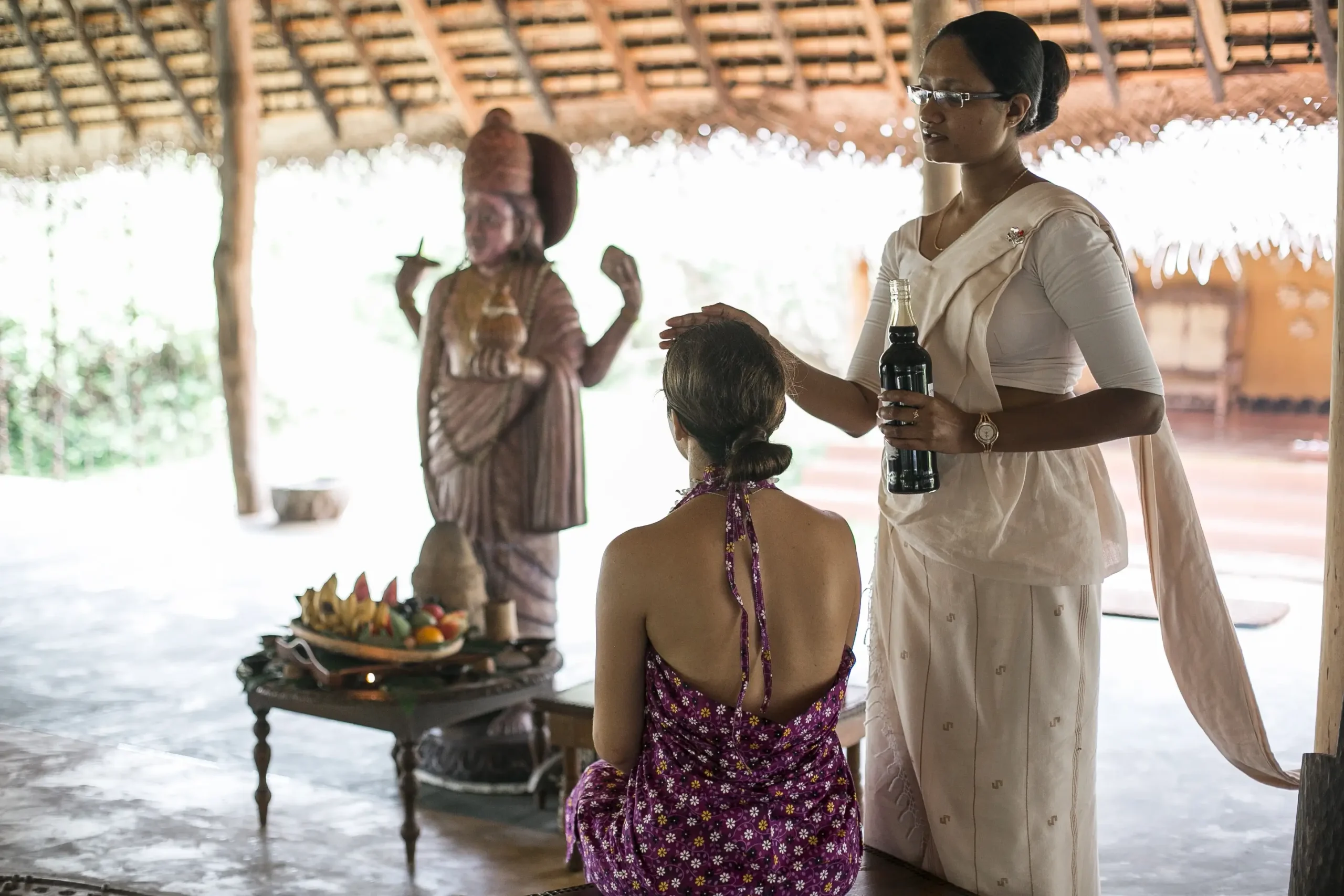Top 10 Things to Know About Panchakarma Treatments in Sri Lanka
October 1, 2024
Sri Lanka is a renowned destination for Ayurveda, an ancient form of natural healing with deep-rooted origins. One of its most profound therapies is Panchakarma, a powerful detoxification treatment designed to cleanse the body, mind, and spirit. If you’re considering a Panchakarma treatment in Sri Lanka, here are the top ten things you should know.
One: What is Panchakarma?
The word Panchakarma comes from Sanskrit, where Pancha means five, and Karma refers to actions or therapies. Together, Panchakarma represents five therapeutic actions or treatments that aim to detoxify and rejuvenate the body.
Two: Pankchakarma’s Roots
Deeply rooted in Ayurveda, Panchakarma has been preserved for centuries, where Sri Lanka’s traditional medical systems merge with Ayurvedic practices to offer authentic healing experiences.
Three: A Treatment to Suit Your Body Type
Panchakarma treatments are not one-size-fits-all—they are tailored to your specific dosha and any imbalances present in your body. This makes the treatment effective in addressing your unique health concerns.
Four: Holistic Healing
Panchakarma is more than a physical detox; it’s a holistic approach that also addresses mental and emotional well-being.
Five: The Preparatory Phase (Purva Karma)
Before starting the main Panchakarma treatments, your body must first undergo preparation through Purva Karma. This phase begins with Dipana (enhancing the Agni or digestive power) and Pacana (digestion of Ama or toxins), which help to optimise your body’s detoxification process. Following these, therapies such as Snehana (internal and external oleation) and Svedana (sudation) are applied to further loosen toxins and facilitate their removal.
Six: The Core Panchakarma Therapies
Panchakarma involves five main purification procedures: Nasya Karma (Errhine Therapy), Vamana Karma (Emesis Therapy), Virechana Karma (Purgation Therapy), Basti Karma (Enema Therapy) and Raktamokshana Karma (Bloodletting Therapy).
Seven: Post-Treatment Care (Pascat Karma)
After the main Panchakarma procedures, the body requires time to heal and recover. This is where Pascat Karma comes into play, focusing on restoring the digestive fire (Agni) and rebuilding strength. Emphasis is placed on a balanced diet, lifestyle adjustments, and herbal supplements to support the body’s recovery and maintain its equilibrium.
Eight: Numerous Health Benefits
Panchakarma offers a wide array of health benefits, including detoxification, improved digestion, and enhanced mental clarity. Other key benefits include reduced stress and anxiety, relief from chronic pain and inflammation, enhanced immunity and vitality, opening up of blocked channels alongside body and mind relaxation.
Nine: Panchakarma is Suitable Year-Round
Unlike some treatments that are more effective during certain seasons, Panchakarma can be performed at any time of the year under the guidance of a qualified Ayurvedic doctor. Whether you’re visiting Sri Lanka during the dry season or the monsoon, you can always undergo a Panchakarma session—subject to your doctor’s advice—making it a flexible option for those seeking Ayurvedic healing. Furthermore, Panchakarma is generally suitable for individuals aged 15 to 70, depending on their current medical condition.
Ten: Sri Lanka’s Panchakarma Centres are World-Class
Sri Lanka is home to some of the most prestigious Ayurveda retreats and wellness centres in the world, where Panchakarma treatments are carried out by experienced Ayurveda doctors and therapists.
Experience Sri Lanka’s authentic Panchakarma treatments at Amuna Ayurveda and Wellness Retreat and embark on your holistic journey towards deep cleansing and renewal.




